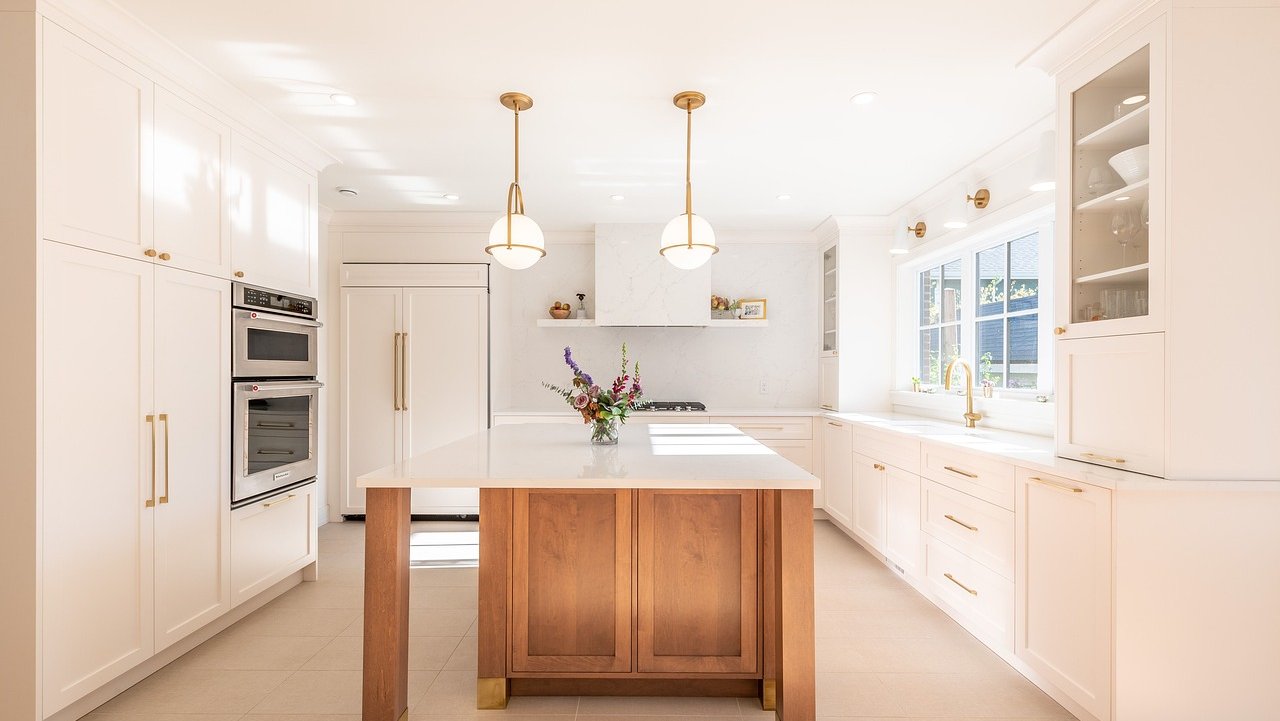
Let's take a journey into the realm of simplicity and serenity, guided by the principles of Japanese Zen aesthetic. Known for its minimalist approach, Zen design embodies purity, tranquility, and awareness of the natural world. It's not just about creating a space, but about shaping an experience that calms the mind and rejuvenates the spirit.
The essence of the Zen aesthetic
The Japanese Zen aesthetic is rooted in Buddhism and emphasizes simplicity, naturalness, and profundity. It's often associated with wabi-sabi, a world-view centered on the acceptance of transience and imperfection. In design, this translates to a love for natural materials, simple forms, and the profound beauty found in aged and weathered objects.
Simplicity in design is not about the absence of clutter, but the deliberate and thoughtful inclusion of the essential. It's about achieving balance and harmony, appreciating the interplay of light and shadow, and recognizing the value of negative space.
Applying Zen aesthetic in your home
Adopting a Zen aesthetic in your home doesn’t mean you need to completely redesign your space. Small, thoughtful changes can transform the feel of a room, bringing a sense of calm and tranquility.
Here are some ways to incorporate the Zen aesthetic into your home:
-
Use natural materials: Wood, stone, bamboo, and paper are common in Japanese Zen design. They bring a touch of nature indoors, creating a sense of harmony and peace.
-
Keep it simple: Avoid clutter and unnecessary items. Each piece in your home should have a purpose and add to the overall sense of tranquility.
-
Embrace minimalism: Less is more in Zen design. Choose furniture with simple, clean lines and keep your color scheme neutral and soothing.
-
Invite nature in: Plants, natural light, and even the sound of flowing water can help create a calming, Zen-inspired space.
-
Create balance: Zen design values symmetry and balance. Try to create a sense of equilibrium in your room layout and decor.
-
Value the space between: In Zen design, empty space is as important as the objects that occupy it. Be mindful of the space between objects—it should contribute to the overall balance and harmony of the room.
The benefits of Zen aesthetic
Embracing the Zen aesthetic can have benefits beyond creating a beautiful, serene living space. It can enhance mindfulness, reduce stress, and promote a sense of well-being. A decluttered, calming environment is conducive to relaxation and can improve your mood and mental health.
Zen aesthetic in modern design
The influence of the Zen aesthetic can be seen in various aspects of modern design. It’s evident in the sleek lines of contemporary architecture, minimalist graphic design, and even in the intuitive interfaces of our digital devices.
The table below illustrates some key principles of the Zen aesthetic and their manifestations in modern design.
By understanding and incorporating the Zen aesthetic into our living spaces, we can create environments that are not only visually appealing but also promote a calmer, more mindful way of living.











